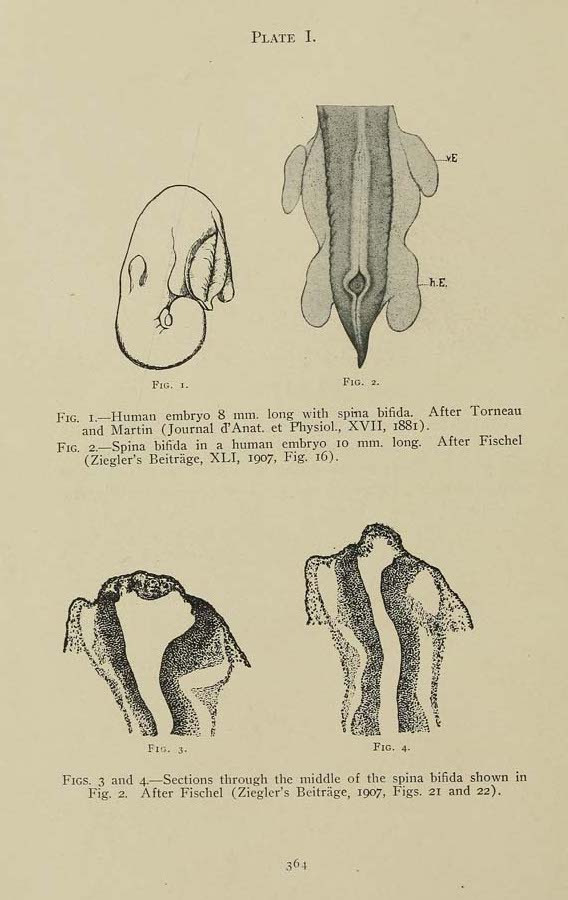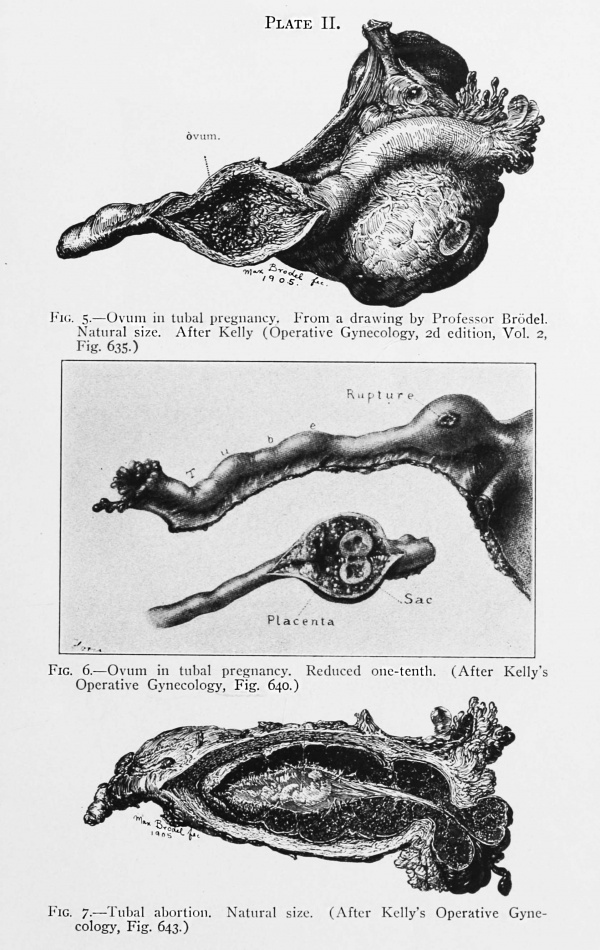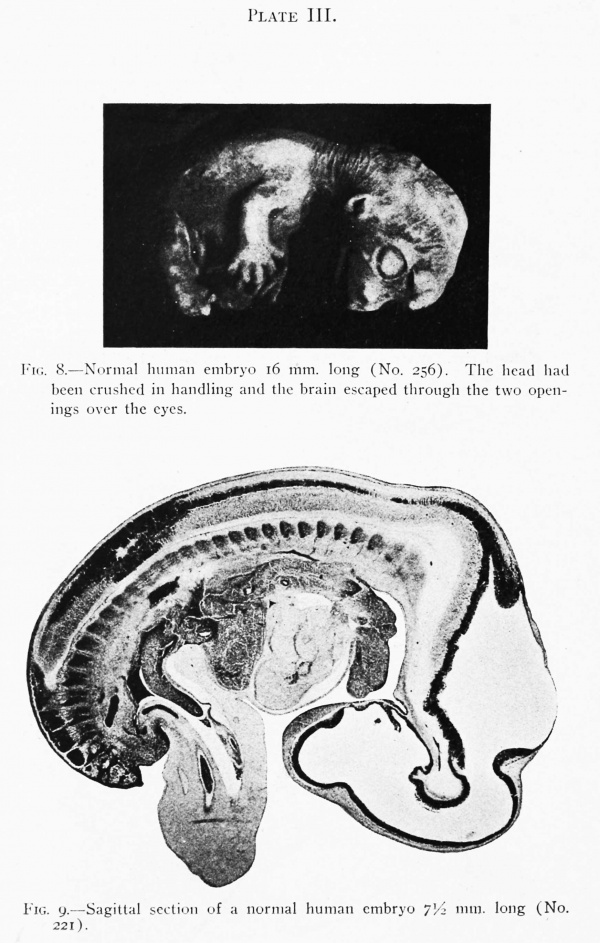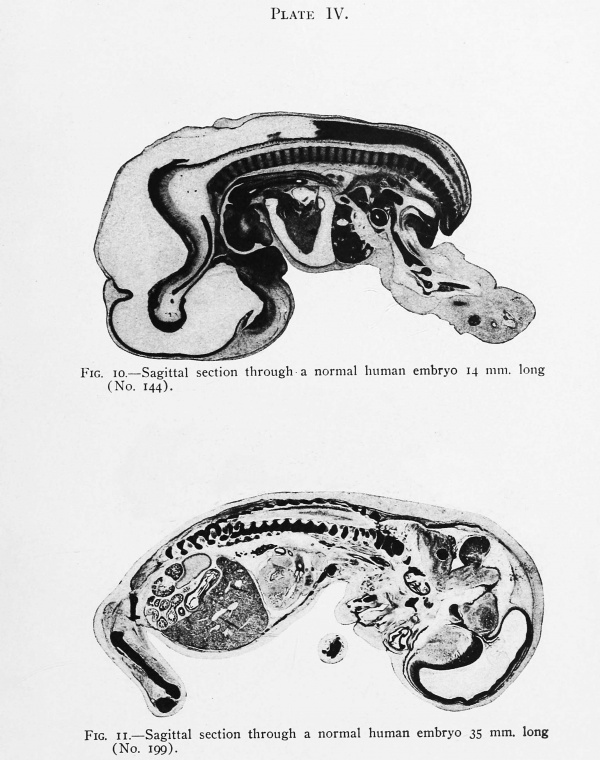Paper - A study of the causes underlying the origin of human monsters 22
| Embryology - 25 Apr 2024 |
|---|
| Google Translate - select your language from the list shown below (this will open a new external page) |
|
العربية | català | 中文 | 中國傳統的 | français | Deutsche | עִברִית | हिंदी | bahasa Indonesia | italiano | 日本語 | 한국어 | မြန်မာ | Pilipino | Polskie | português | ਪੰਜਾਬੀ ਦੇ | Română | русский | Español | Swahili | Svensk | ไทย | Türkçe | اردو | ייִדיש | Tiếng Việt These external translations are automated and may not be accurate. (More? About Translations) |
Mall FP. A study of the causes underlying the origin of human monsters. (1908) J Morphol. 19: 3-368.
| Historic Disclaimer - information about historic embryology pages |
|---|
| Pages where the terms "Historic" (textbooks, papers, people, recommendations) appear on this site, and sections within pages where this disclaimer appears, indicate that the content and scientific understanding are specific to the time of publication. This means that while some scientific descriptions are still accurate, the terminology and interpretation of the developmental mechanisms reflect the understanding at the time of original publication and those of the preceding periods, these terms, interpretations and recommendations may not reflect our current scientific understanding. (More? Embryology History | Historic Embryology Papers) |
A Study Of The Causes Underlying The Origin Of Human Monsters
Plates
The plates include a number of illustrations which were borrowed from the literature to illustrate various points in this article. There are also some sections of normal embryos with which to compare the numerous sections of pathological specimens.
Mall 1908: plate 1 | plate 2 | plate 3 | plate 4
Plate I
Fig. 1. Human embryo 8 mm. long. with spina bifida. After Tomeau and Martin (Journal d’Anat. et Physiol., XVII, 1881).
Fig. 2. Spina bifida in a human embryo 10 mm. long. After Fischel (Ziegler’s Beitriige, XLI, 1907, Fig. 16).
Fig. 3 and 4. Sections through the middle of the spina bifida shown in Fig. 2. After Fischel (Ziegler’s Bertrfige, 1907, Figs, 21 and 22),
Plate II
Fig. 5. Ovum in tubal pregnancy. From a drawing by Professor Briidel. Natural size. After Kelly (Operative Gynecology, 2d edition, Vol. 2, Fig. 635.)
Fig. 6. Ovum in tubal pregnancy. Reduced one-tenth. (After Kelly’s Operative Gynecology, Fig. 640.)
Fig. 7. Tubal abortion. Nzxmml size. (After Kelly's Operative Gynecology, Fig. 643.)
Plate III
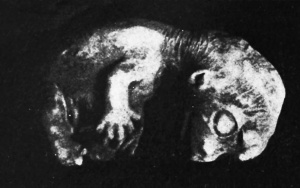
|

|
| Fig. 8. Normal human embryo 16 mm. long (No. 256). The head had been crushed in handling and the brain escaped through the two openings over the eyes. | Fig. 9, Sagittal section of a normal human embryo 7.5 mm. long (No. 221). |
Plate IV

|
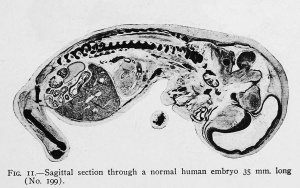
|
| Fig. 10. Sagittal section through a normal human embryo 14 mm. long (No. 144). | Fig. 11. Sagittal section through a normal human. embryo 35 mm. long (No. 199). |
| Historic Disclaimer - information about historic embryology pages |
|---|
| Pages where the terms "Historic" (textbooks, papers, people, recommendations) appear on this site, and sections within pages where this disclaimer appears, indicate that the content and scientific understanding are specific to the time of publication. This means that while some scientific descriptions are still accurate, the terminology and interpretation of the developmental mechanisms reflect the understanding at the time of original publication and those of the preceding periods, these terms, interpretations and recommendations may not reflect our current scientific understanding. (More? Embryology History | Historic Embryology Papers) |
Cite this page: Hill, M.A. (2024, April 25) Embryology Paper - A study of the causes underlying the origin of human monsters 22. Retrieved from https://embryology.med.unsw.edu.au/embryology/index.php/Paper_-_A_study_of_the_causes_underlying_the_origin_of_human_monsters_22
- © Dr Mark Hill 2024, UNSW Embryology ISBN: 978 0 7334 2609 4 - UNSW CRICOS Provider Code No. 00098G

